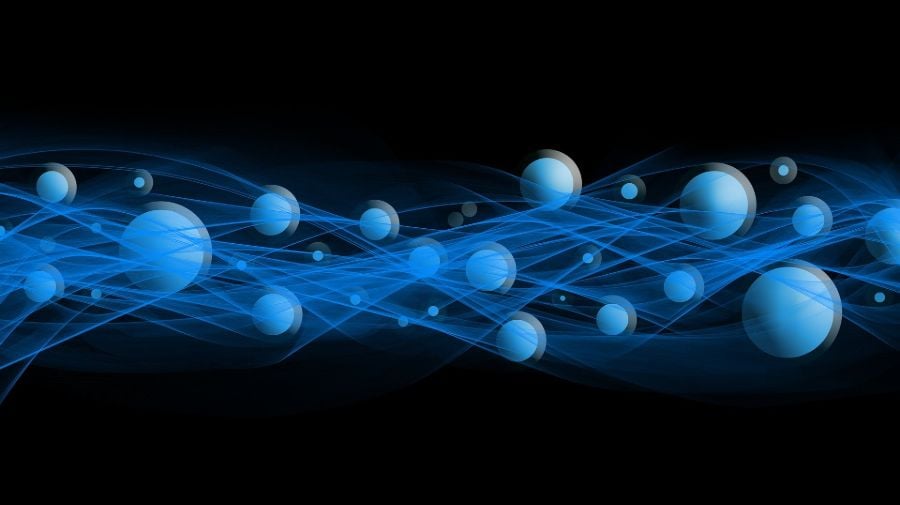
Researchers develop complex molecule that spontaneously folds like a protein.
This study was conducted by a team of researchers from the Netherlands, Italy, and Poland. In this study, researchers described how they will manipulate molecules in useful ways, what they discovered, and the ways they believe their results might be used.
Various proteins in nature fold spontaneously to carry out different functions. However, problems such as development of neurological diseases can occur due to misfolding. Scientists have been interested in such folding to understand human ailments and also to understand how life began on Earth.
Researchers found a way to create a self-assembling, self-folding molecule called a macrocycle. It is a 15mer macrocycle made up of 75 atoms. They made the molecule in the shape of a ring to achieve the folding. It was found that the end result had a hydrophilic surface and a hydrophobic core, which mirrors the structure of naturally occurring folding proteins. The foldamer was held together by hydrogen bonds, the interaction between ring stacking, and a disulfide bridge. The molecule also had a third tiled structure made of stacks of rings.
Saltwater was added by the researchers to induce spontaneous folding. Furthermore, they are planning to work with this molecule to learn how to modify its self-assembly properties to create designer macrocycles in the future. Moreover, their process demonstrates that folding molecules might have played a role in the beginning of life on Earth at an earlier stage than has been thought.






